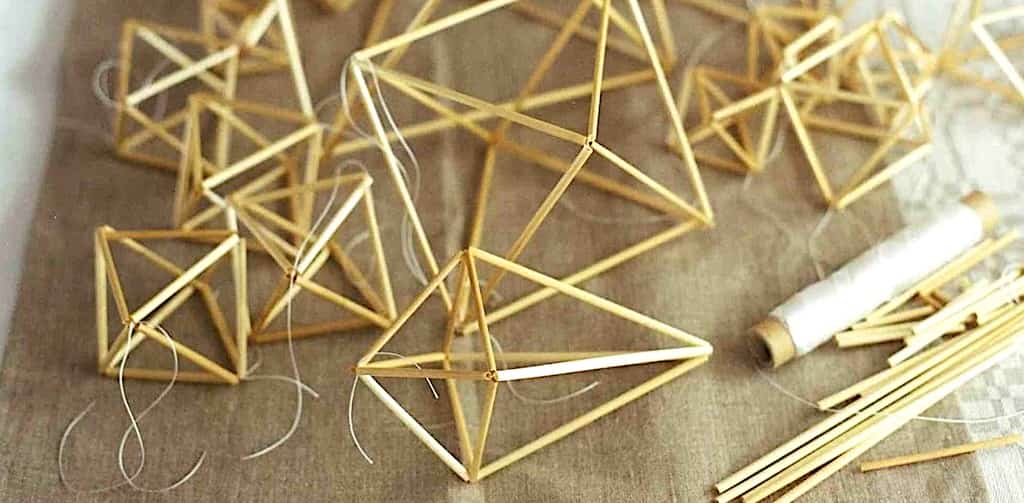
Straw Art – Šiaudinukai

Sodai
“Sodai” are created for Christmas, Easter, birthdays, weddings and other special occasions
Historically, Lithuania was an agricultural country. Most of the population lived and worked on farms. During months when there were no fresh flowers to decorate their homes, Lithuanians created their own decorations from straw, plentiful on every farm. In Lithuanian these straw ornaments are called “šiaudinukai“ [approx. pron. sheow-dih-nook-ay].
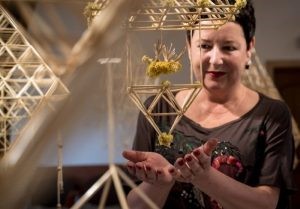 Originally, straw ornaments were used as mobiles to decorate homes not only for special occasions, but any time, because they added beauty to the home. In some regions of Lithuania, green branches hung with straw ornaments formed an attractive backdrop for the bridal party at a wedding feast. A large, chandelier-type composite mobile, known as a “sodas“, would be hung above the bridal pair, symbolizing fertility, goodness and prosperity. At Christmas, evergreen branches, garlands and evergreen trees decked with smaller straw ornaments were the holiday decorations of choice for the home.
Originally, straw ornaments were used as mobiles to decorate homes not only for special occasions, but any time, because they added beauty to the home. In some regions of Lithuania, green branches hung with straw ornaments formed an attractive backdrop for the bridal party at a wedding feast. A large, chandelier-type composite mobile, known as a “sodas“, would be hung above the bridal pair, symbolizing fertility, goodness and prosperity. At Christmas, evergreen branches, garlands and evergreen trees decked with smaller straw ornaments were the holiday decorations of choice for the home.
Straw ornaments are made from wheat, oat or rye straw. Their forms reflect designs and motifs found in other types of Lithuanian folk art, such as woodcarving and weaving. They are constructed by stringing different lengths of straw on thin twine or thread, or by the applique method – cutting and gluing small pieces of straw into various geometric or organic shapes, or a combination of both. Some are very simple, others – very intricate, depending on the ingenuity and patience of the designer.
Basically, strung ornaments are constructed of triangles, squares, or rectangles. To give a third dimension, they are built into pyramids, cubes, or combinations of these to form cages. Numerous different cages can be constructed by merely varying the number of sides on the pyramids and the length of the straw pieces. These pyramids, cubes, or cages can be tied together to form chains or multiple ornaments, or mobiles. These same forms can also be joined so that they have multiple common edges or planes, thus creating more complex ornaments, such as three-dimensional stars, spheres, ovals, or diamonds.
“The most common ornaments decorating Christmas trees are star-shaped. The birth of Christ is often represented by a manger at the foot of the tree, and his sacrifice and resurrection by a cross at the top. The crosses may be simple or ornate, even miniature replicas of the popular wayside crosses.”
– Izolina Gylys – Lithuanian Straw Art
Toward the end of the 19th century, many ancient folk art traditions were in decline. Some of the art forms remained, and were still being practiced by Lithuanian villagers early in the 20th century.
Folk art pieces were generally valued for their creativity and aesthetic appearance. However, handiwork such as Easter eggs, straw ornaments, paper cut-outs, seasonal decorations, various dolls and other children‘s toys are innately temporary in nature and disappear with time. Museum curators and antique collectors did not value them due to their perishability and deterioration.
To rediscover old Lithuanian customs, researchers must delve into every available example of art and handcraft, including objects made by children, such as toys, straw mobiles, paper cut-outs, or by shepherds, such as pipes, fifes or reed-pipes, even though the shelf-life of these artifacts is limited. The researchers must investigate the techniques used in making the objects – their form, pattern, colour, and their use in Lithuanian country life.
Straw work was especially popular among young people, who usually learned to make straw hats and bird-form mobiles. Straw would be collected in the summer for these fall and winter hobbies. Just before Christmas, children would prepare tree ornaments in the star, sun and pine-tree shapes as well as three-dimensional threaded diamonds and cubes. Each year parents and grandparents would teach the children what they had learned themselves from their own elders.
Many nations, especially the Scandinavians, make straw ornaments. All of them begin with basic geometric planes, which then evolve into unique folkloric straw art forms.
In Lithuanian straw art there is a specific category called sodai in Lithuanian, meaning “gardens”, commonly translated as “chandeliers” in English.The straw chandelier art tradition has been designated as a Lithuanian Intangible Cultural Property by UNESCO, and is one of the oldest forms of folk art in Lithuania. In this exhibition, the folk artist shows the harmony of tradition and creativity. In traditional culture, the large airy construction strung or woven together with thread is also called a spider, candleholder (lantern being a more accurate image), wasp, chandelier, heaven and even paradise. Since ancient times, sodai are made with the addition of intricate details, such as birds, garlands, and a variety of delicate ornamental fringes.
As symbols of good wishes for prosperity, sodai were gifted to young couples and hung above the wedding table. They were also celebratory decorations made for birthdays, and at Christmas or Easter. In the Klaipėda region, traditionally sodai woven from reeds or straw decorated the classrooms of students preparing to receiving the sacrament of confirmation, or hung in the home for a daughter’s birthday.

Lithuanian folk artist Margarita Macijauskienė believes that when stringing a sodas, precision and aptitude are most important. The end product reveals itself over the long hours spent “growing” it. For symmetry the straws must be prepared properly, each being an exact replica of another, the same length, width and colour. If you miss the peak of the straw gathering season at the end of summer, when the colour of the straw is at its most beautiful golden shade, you will have to wait until next year, warns Margarita. No two sodai she has made are alike, neither does she copy those preserved in museums. It is important to maintain a traditional style, but there is room for creativity here as well. A sodas can contain heaven and earth, spirit and matter, and each is unique in its form and decoration. In Margarita’s sodai the observer can see waves in motion, fishermen’s nets full of fish, poppy fields and church spires, or cooing lovebirds. Each creation is original and different.

Margarita Macijauskienė has become famous for her straw art over the past several decades. Her work has been displayed in the Lithuanian Parliament Buildings, the National Museum of Lithuania’s Jonas Šliūpas memorial garden, Mažeikiai Museum, the Bishop Vincentas Borusevičius Seminary in Telšiai, the Klaipėda Ethnocultural Centre and others. She holds regular well-attended workshops, which are also featured during wedding showers and other personal events. Her creations are certified as cultural heritage products.
Photos of Margarita Macijauskienė and her straw art from the Klaipėda Ethnocultural Centre Archive, through alkas.lt and kulturpolis.lt.
Galleries
** Want to learn more about making Straw Ornaments??
Become a member of LTFAI.org and get access to our tutorials, online videos, and members area. **

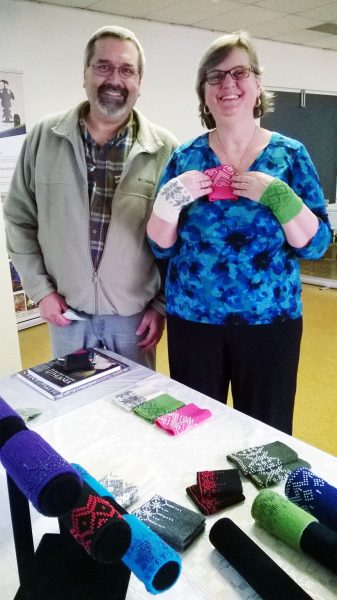 An artisan specializing in knitting. She taught a knitting workshop at the LTFAI AGM several years ago and fell in love with the organization. Not only is she a prolific author of knitting books, with “The Art of Lithuanian Knitting” under her belt, but she’s also the creative genius behind our social media presence.
An artisan specializing in knitting. She taught a knitting workshop at the LTFAI AGM several years ago and fell in love with the organization. Not only is she a prolific author of knitting books, with “The Art of Lithuanian Knitting” under her belt, but she’s also the creative genius behind our social media presence.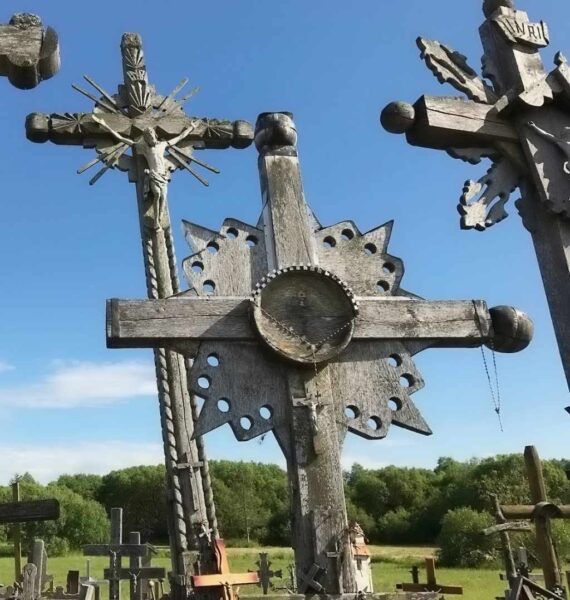
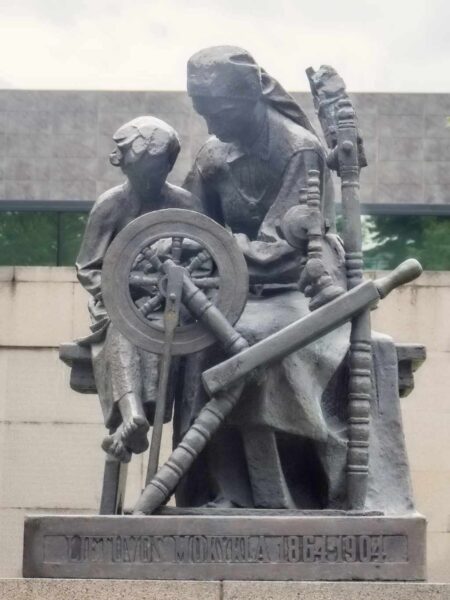
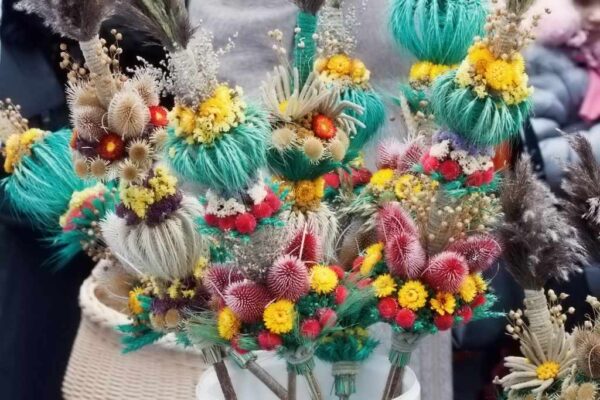

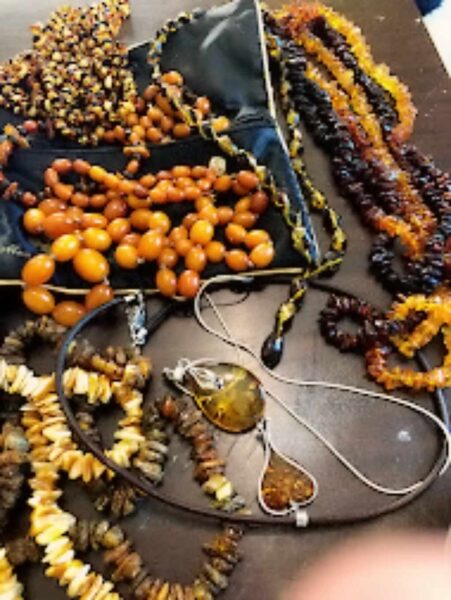

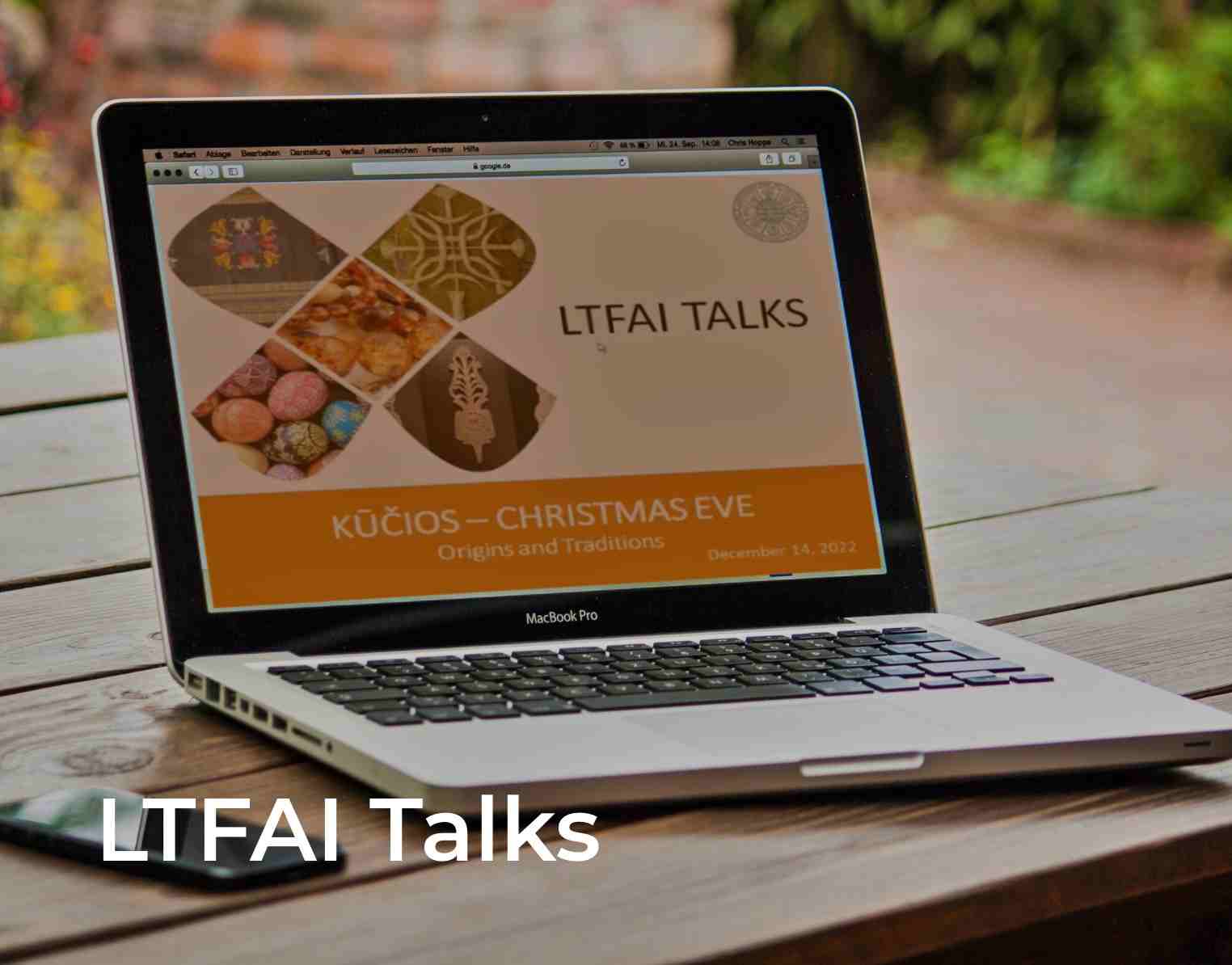
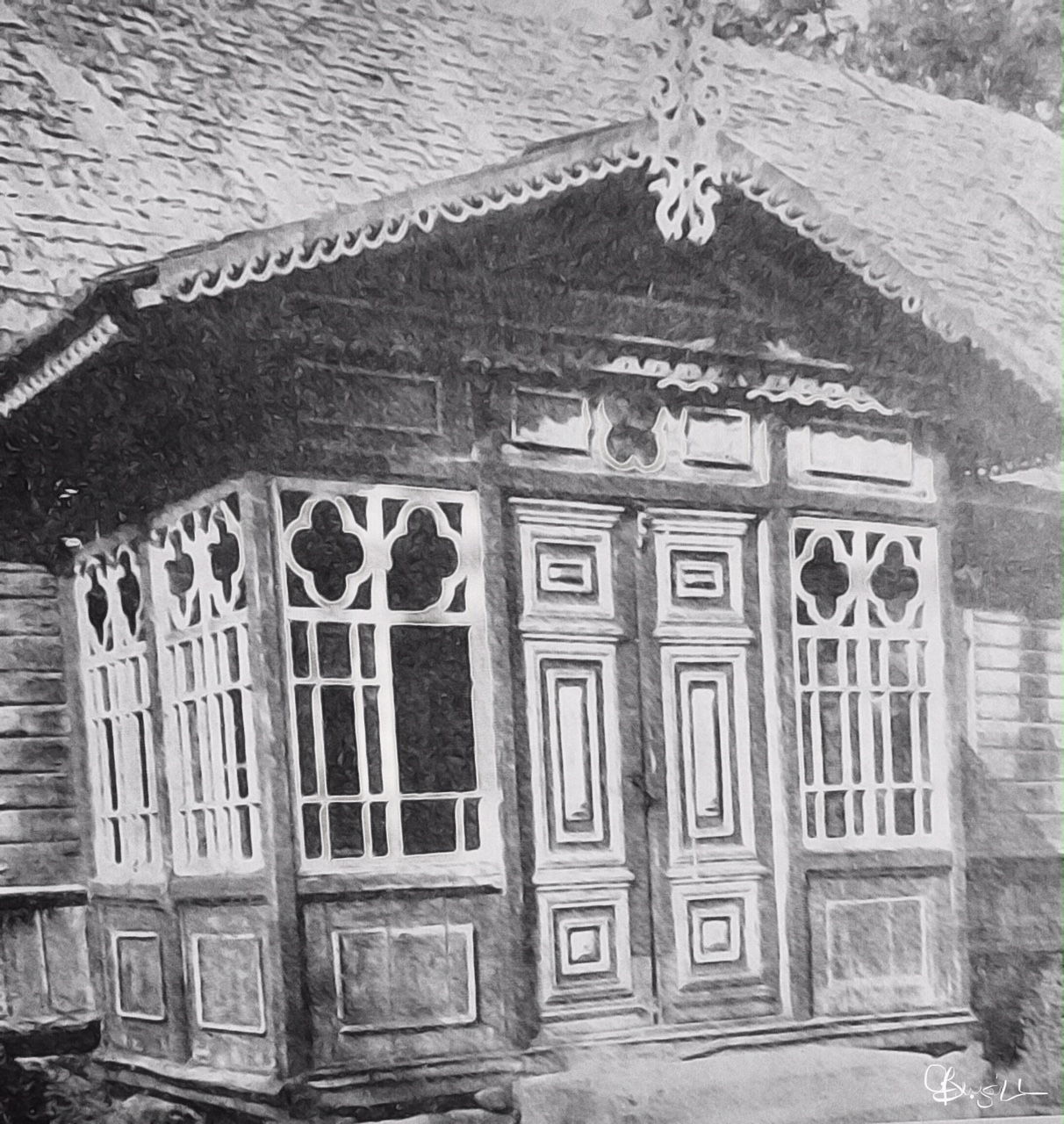
 Ramune is a translator and editor, who worked with the Canadian Lithuanian Weekly Tėviškės žiburiai as managing editor for over 20 years.
Ramune is a translator and editor, who worked with the Canadian Lithuanian Weekly Tėviškės žiburiai as managing editor for over 20 years.